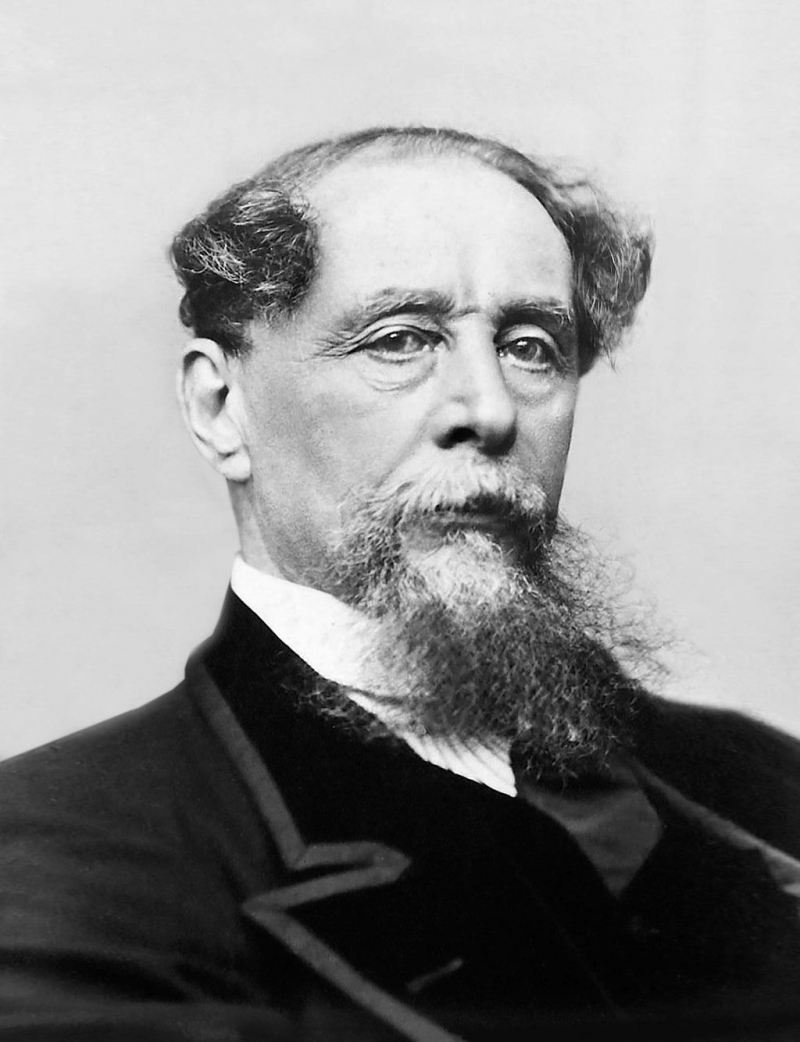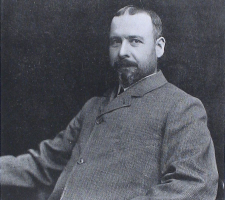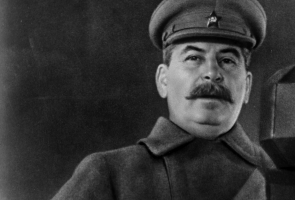Top 7 Interesting Facts about Charles Dickens
Charles Dickens is generally cited as the ideal Victorian author because he was able to depict both the positive and negative aspects of Victorian England. ... read more...Charles Dickens was a writer who did not hold back when expressing his thoughts, and there is plenty to be said about him. One of the best Christmas stories was written by Dickens, and it is today recognized as a classic. He didn't just create fiction; he also incorporated comedy into his essays about injustice, crime, and poverty. Dickens lived in a totally different historical era than the one in which his works are studied today, but his works have stood the test of time. There is a lot to learn about Charles Dickens. The following information about Charles Dickens is fascinating.
-
His home had a secret door in his study in the form of a fake bookcase. The bookshelf had fake book titles that were all made up by Dickens himself. The secret door led to the most preserved room in his house and inside it was a Batman costume from the Victorian era. His residence was in Kent's Gad's Hill.
Other fictitious book titles on the bookshelf were King Henry the Eighth's Evidence of Christianity, Socrates on Wedlock, and 47 volumes of the History of a Short Chancery Suit, and the series The Wisdom of Our Ancestors: I Ignorance, II Superstition, III The Block, IV The Stake, V The Rack, VI Dirt, and VII Disease. The fake door led to a room that is the most preserved in his house, inside the room was a Batman costume from the Victorian era. These book titles were all made up by Dickens himself.

Source: blogspot.com 
Source: loc.gov -
Dickens had completed the first part of The Mystery of Edwin Drood before he passed away. When he passed away from a stroke in 1870, this book was still unfinished. Edwin Drood, a young man engaged to Rosa Bud, was the subject of the tale. John Jasper, Rosa's uncle, and Neville from Ceylon both liked her. Sadly, Edwin and Rosa called off their engagement, and shortly after that he vanished. Dickens, the author, made no mention of Edwin's possible fate. Was he killed? If so, was Uncle John the perpetrator? Through radio programs and television movies, a number of media have made an effort to change the conclusion of this love story.
The idea that Edwin's uncle John Jasper perpetrated the murder is one of the more popular ones. Jasper maintained a double life as a choirmaster and an opium addict. He also harbored affections for Rosa Bud, his nephew's future fiancée. Conversations Dickens had prior to his passing seem to confirm this theory. John Forester, a personal friend of Dickens, said that the author told him Jasper had truly murdered Drood. His son Charley Dickens asserted that he had been told by his father that Drood had truly passed away. Some people believe Edwin Drood wasn't genuinely dead, just like John Harmon in the film Our Mutual Friend. The lack of Edwin's body lends credence to this theory.

Source: Pinterest 
Source: blogspot.com -
In 1824, Catherine and her family moved to England from Edinburgh, Scotland, where Catherine was born in 1815. She was the oldest daughter and eleventh child of George Hogarth. Her father first worked as a writer and music critic for the Morning Chronicle, which later hired young journalist Charles Dickens as editor. He had previously worked as a reporter for the Edinburgh Courant. Dickens invited Catherine, a stunning 19-year-old, to his birthday party for his 23rd year since he was instantly smitten with her. Catherine and Dickens were married on April 2, 1836, at St. Luke's Church in Chelsea after becoming engaged in 1835. Their honeymoon was spent at Chalk, a Kent community near to Chatham. They finally had eleven children and acquired a home in Bloomsbury.
Charles wrote at the time that he would never be as content as he was in that tiny flat with Catherine, even if he were to become wealthy and renowned. His wife Catherine published her novel in 1851. Like Charles Dickens, she wrote under a pseudonym. She made up Lady Maria Clutterbuck as a pen name. Dinner options were provided in Catherine's book of culinary instructions. The title of the book was What Shall We Have For Dinner. There were meal recipes in this book for two to eighteen people. Sadly, Dickens' biographer used the book to her disadvantage by claiming that the meals she served for him were dismal.
Modern critics of the book too had something to say about it. They found the menu as being too laden. Meals such as fricassee chicken, fried potatoes, marrow pudding, macaroni and cheese, a lot of bacon, and Italian cream; to be too much since people didn’t eat everything at the table. She has been blamed for Victorian cooking, which has itself been misrepresented.

Source: NPR 
Source: BIO -
The Free Library of Philadelphia's Rare Book Department is home to a large, glossy-looking dead raven by the name of Grip. Charles Dickens, the author of A Tale of Two Cities and David Copperfield, adored his pet, Grip. Grip was "free to run around the house like a dog or cat," according to librarian Karen Kirsheman at the Free Library. However, functioned as a character study for a raven in Dickens' Barnaby Rudge before becoming a companion because Dickens wanted to comprehend the motions and behavior of the bird.
Dickens and his family were charmed by Grip's cunning behavior and his capacity to mimic human speech (his go-to expression was "Halloa old girl"). The bird was so at ease that it ultimately formed the bad habit of biting people's ankles, which was enough to send Grip to Dickens' property's stables. However, Grip is thought to have foolishly swallowed paint during the time the stables were being painted white. He succumbed shortly after, perhaps from lead poisoning.
Edgar Allan Poe was inspired to compose the poem The Raven by this raven. Dickens had a taxidermist stuff his second pet after it passed away, and he then put it in a wooden and glass display. The Free Library of Philadelphia now houses the bird.
Source: Metro 
Source: 34st.com -
Charles and his wife had one thing in common: they both came from big families. Dickens had eight siblings, whereas Catherine had ten. There are 237 members of the Dickens family, but just roughly 60 direct descendants alive now. The Charles Dickens Museum has coloredized eight of the author's black-and-white pictures in honor of the 150th anniversary of his passing.
The only artifacts that have revealed Dickens' complexion thus far are oil paintings, which Gerald theorizes were later "romanticized" to appease the client. Both of the great-great grandson's thought that Dickens's olive skin would remove the notion that the author was a drab and dull Victorian. "Dickens was an outdoorsman, he loved to walk and spent a lot of time outdoors," Gerald remarked. "He would work from the Medway cities of Rochester and Chatham all the way to London. When he was travelling he would make sure he got out and walked as much as he could". So we can guess taking that evidence you could assume there was a healthiness to his complexion, a sort of ruddiness as he spent a lot of time out in the sun.
Source: Pinterest 
Source: BBC>Mark Savage| -
A Tale of Two Cities, a historical novel by Charles Dickens published in 1859, is set in London and Paris just before and during the French Revolution. The novel tells the story of French physician Manette, who spent 18 years in jail at the Bastille in Paris before being freed and moving to London to live with his daughter Lucie, whom he had never met. The story depicts the events that led to the French Revolution and the Reign of Terror. Reviewer Don D'Ammassa asserts that the heroes are continually in danger of being captured or killed in the Introduction to the Encyclopedia of Adventure Fiction.
A Tale of Two Cities is thought to be one of the all-time best-selling books and is considered to be Dickens' most well-known historical fiction masterpiece. The book came in at number 63 in the 2003 BBC The Big Read survey. The novel has been adapted for the stage, radio, television, and other media, and it has continued to have an impact on culture.
You've probably read this book or, at the very least, heard the title used to compare two events that took place in the same location but had completely different outcomes. Dickens, a master of wit, humor, and lightheartedness, made use of this talent when writing about serious social issues. This book paints a somber and terrible picture of the French Revolution and the Reign of Terror in Paris. It describes the problem more plainly than any of Dickens' writings do. He wrote two historical books, one of which was this one.

Source: blogspot.com 
Source: adazing.com -
The disappearance in 1845 of Sir John Franklin and his crew in the Canadian Arctic set off the greatest rescue operation in the history of exploration. Charles Dickens at that time, used his influence to help Lady Jane Franklin search for her husband, Sir John Franklin. He wrote a two-part analysis of the ill-fated voyage called "The Lost Arctic Voyagers," and even lectured across Britain hoping to raise money for a rescue mission.
Dickens went on to support Sir John Franklin’s widow – Jane, Lady Franklin, – in her fight to redeem the reputation of her late husband, and to collaborate with Wilkie Collins in writing, producing, directing, and starring in the play The Frozen Deep (Collins & Dickens, 1966). Franklin is today represented in statues and memorials from London to Hobart, and is recognised as the discoverer of the fabled Northwest Passage.

Source: blogspot.com 
Source: Owlcation




























